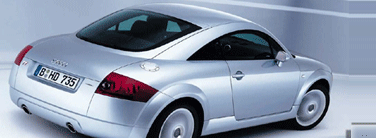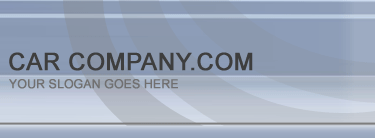

|
|
||
|
|
27/22/2002 that indicate how Web browsers should display page elements such as text and graphics. |
|
|
|
||
|
|
27/22/2002 that indicate how Web browsers should display page elements such as text and graphics. |
|
|
|
||
| A digital dashboard is a user-configurable Web page that
functions as an information portal. A digital dashboard consolidates
personal, team, corporate, and external information and provides
single-click access to analytical and collaborative tools. It brings an
integrated view of your organization's diverse sources of knowledge to
your desktop, enabling better decision-making by providing immediate
access to key information. Cascading Style Sheets (CSS) are a collection of formatting rules which control the appearance of content in a web page. With CSS styles you have great flexibility and control of the exact page appearance, from precise positioning of layout to specific fonts and styles. CSS styles let you control many properties that cannot be controlled using HTML alone. For example, you can assign custom list bullets and specify different font sizes and units (pixels, points, and so on). By using CSS styles and setting font sizes in pixels, you can ensure a more consistent treatment of your page layout and appearance in multiple browsers. In addition to text formatting, you can control the format and positioning of a block-level elements in a web page. For example, you can set margins, borders, float text around other text, and so on. A CSS style rule consists of two parts—the selector and the declaration. The selector is the name of the style (such as TR, or P) and the declaration defines what the style elements are. The declaration consists of two parts, the property (such as font-family), and value (such as Helvetica). The term cascading refers to your ability to apply multiple style sheets to the same web page. For example, you can create one style sheet to apply color and another to apply margins, and apply them both to the same page to create the design you want. |